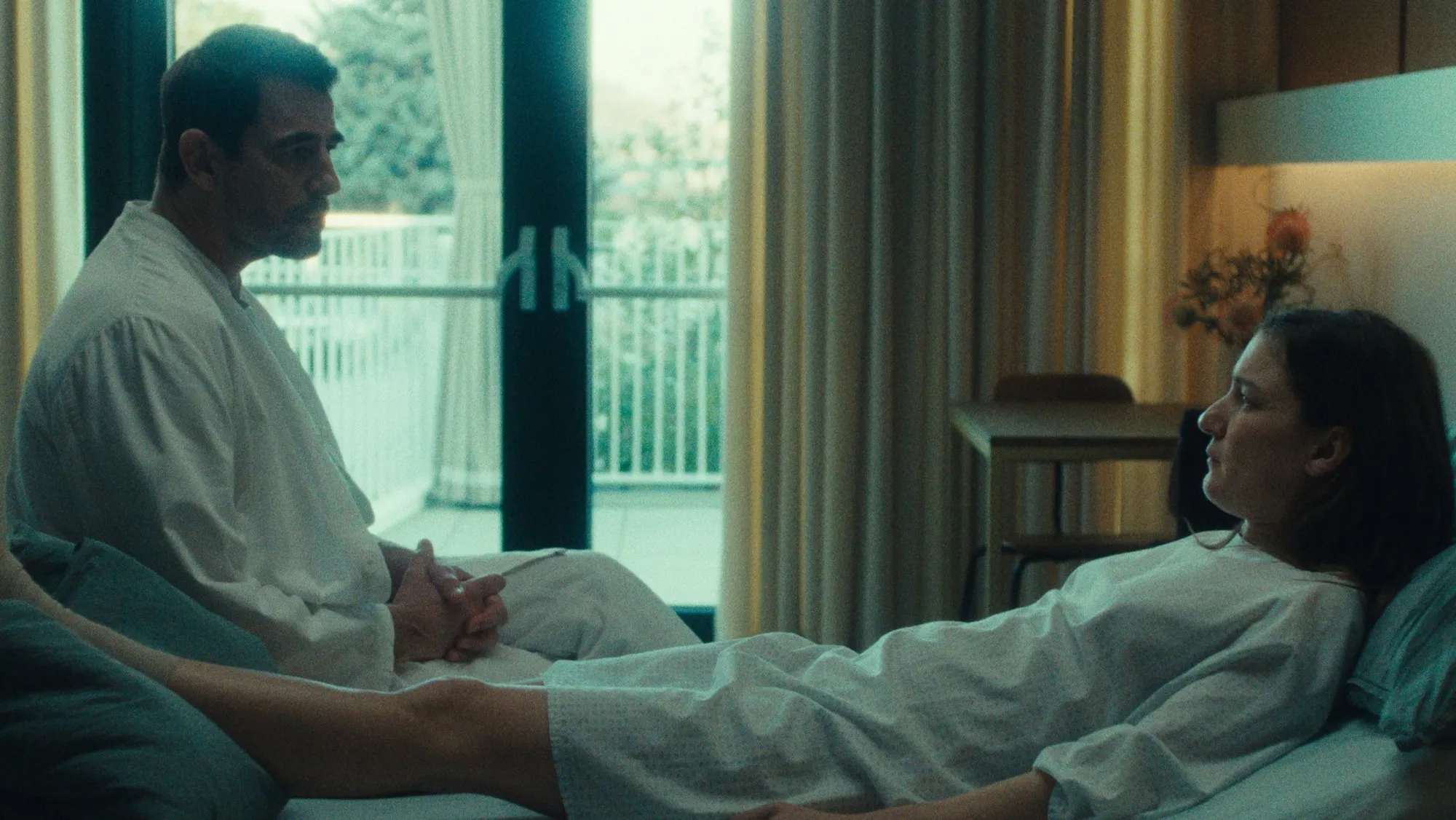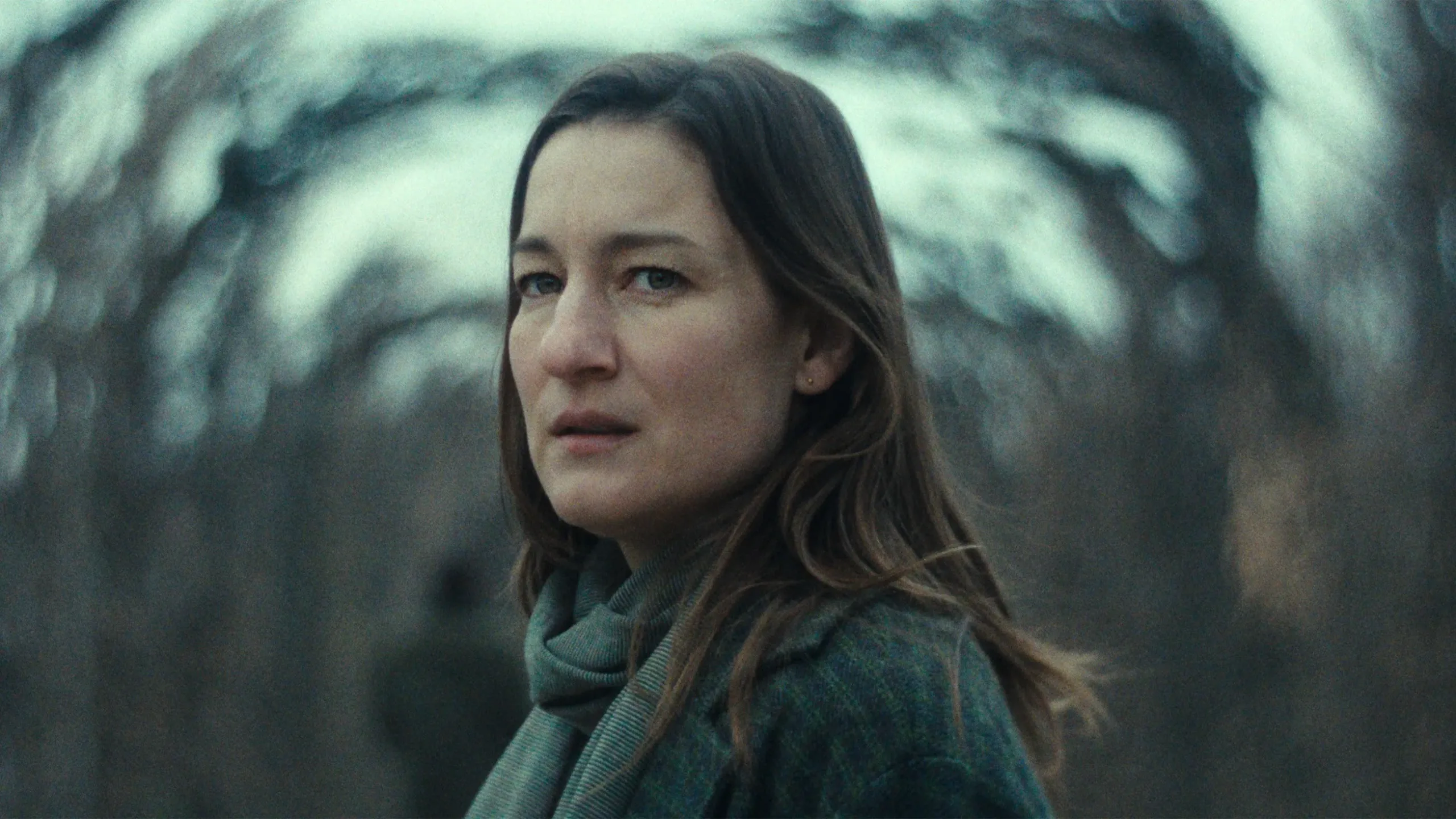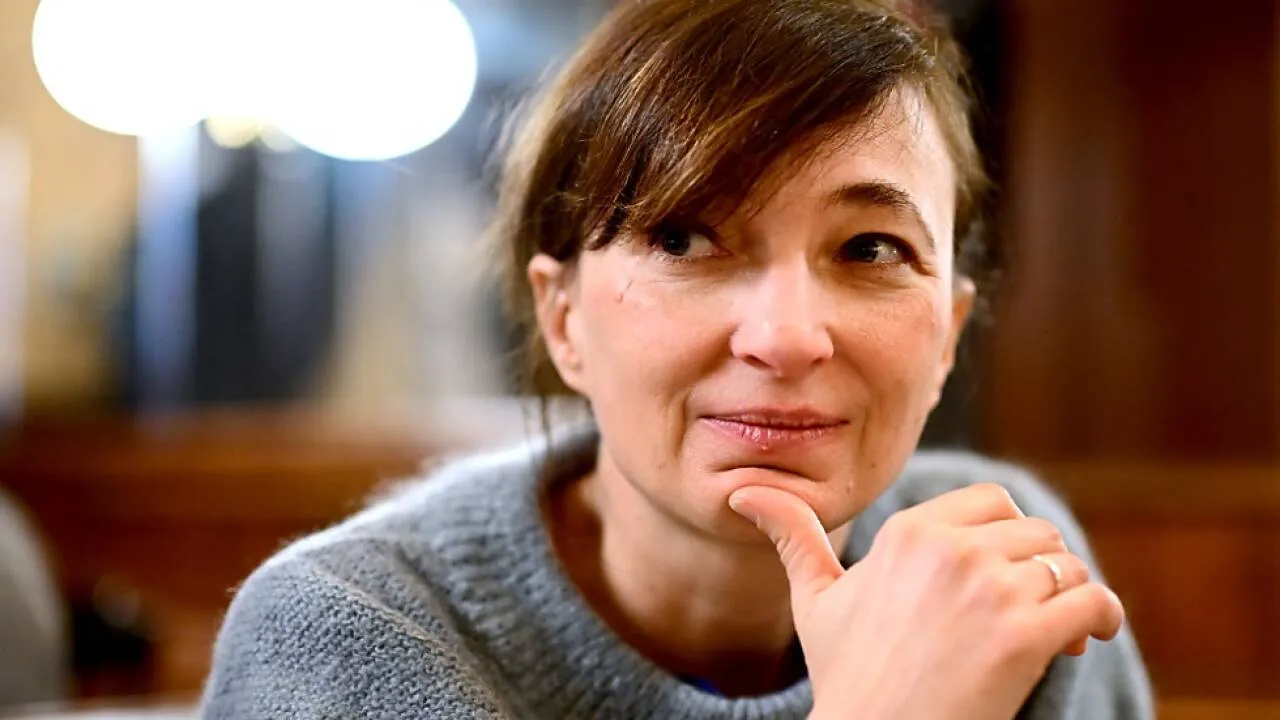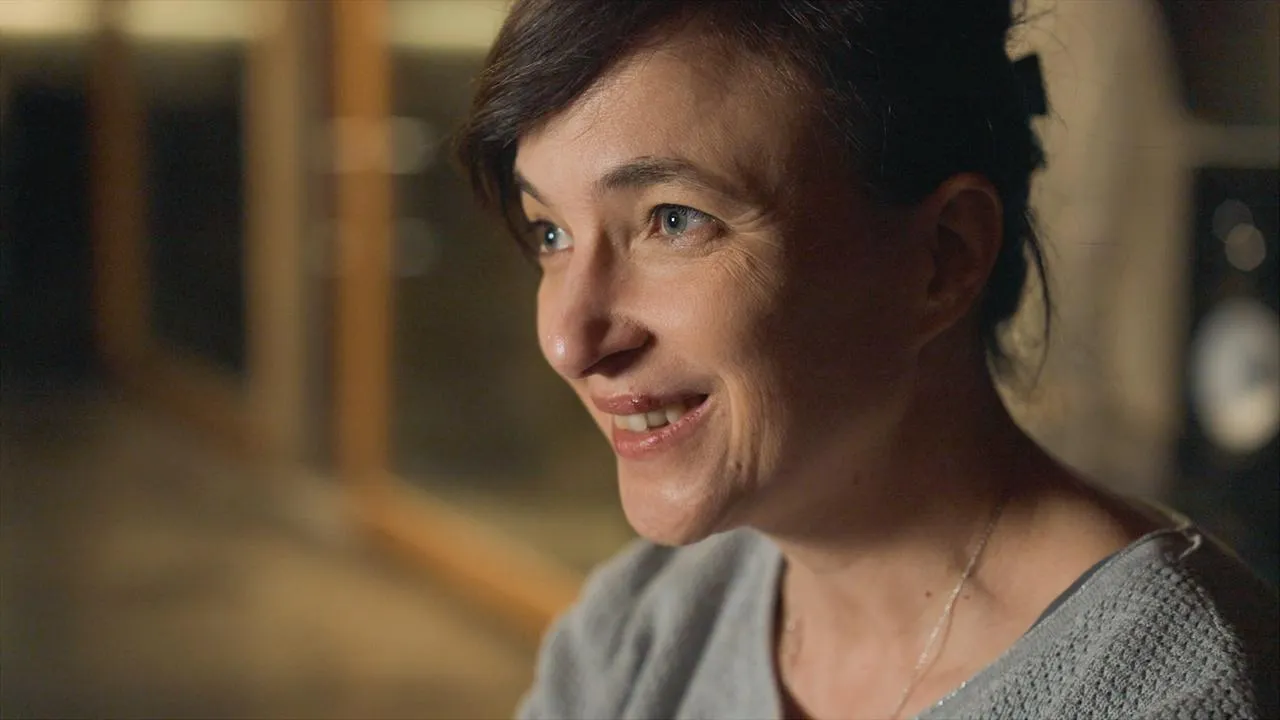Mother’s Baby explores the psychological descent of Julia, a successful orchestra leader whose aspiration for motherhood transforms into a distressing experience. As she encounters difficulties connecting with her newborn, the film intertwines psychological exploration with nuanced psychological tension, examining Julia’s disconnection from her child and the disorienting transformation of personal identity.
The psychological tension stems from genuine human anxieties—questioning what occurs when expected maternal connections do not emerge. Julia’s escalating psychological distress centers on her infant’s unsettling conduct and the medical and familial systems that minimize her experiences.
The narrative reveals broader social observations about maternal challenges, personal identity, and psychological well-being—highlighting how women’s internal experiences are frequently marginalized. The presence of axolotls in the film subtly symbolizes regeneration, yet presents this concept through a cold, detached lens, mirroring Julia’s fragmentation of self.
The Collapse of Self: Characters in Flux
Julia begins Mother’s Baby as a commanding orchestral leader accustomed to directing complex sound systems. Her professional precision suggests complete control over her life. Motherhood shatters this illusion, revealing the fragility of personal identity. Her experience exposes how societal expectations and biological forces can dismantle individual autonomy.
Georg, her partner, watches her psychological disintegration with detached uncertainty. His distance highlights the emotional burden women frequently endure alone. His inability to comprehend Julia’s internal struggle represents a broader social disconnect between male perception and female experience.
Dr. Vilfort emerges as a complicated medical figure. Claes Bang portrays him with calculated ambiguity, blurring lines between professional care and potential manipulation. His character represents institutional mechanisms that minimize women’s psychological experiences. His connection to axolotls symbolizes a clinical, mechanical approach to human regeneration—suggesting healing without genuine restoration.
Gerlinde, the midwife, embodies subtle institutional pressures. Her interactions reflect societal patterns that prioritize infant care while marginalizing maternal psychological states.
A Dance with the Unseen: Moder’s Atmospheric Manipulation
Johanna Moder’s direction in Mother’s Baby explores psychological realism with subtle horror undertones. She crafts an environment where dread infiltrates silently, blurring lines between perception and reality. Moder creates an atmosphere transforming motherhood into a psychological battlefield of identity and perception.
Robert Oberrainer’s cinematography supports the film’s unsettling mood. His minimalist approach uses precise framing and lighting to expose Julia’s mental fragmentation. Cold illumination and strategic shadows emphasize emotional isolation. Each visual composition communicates Julia’s growing disconnection without relying on dialogue.
Moder manipulates tone and rhythm with clinical precision. The narrative shifts between quiet psychological exploration and sudden emotional tensions, resembling an unpredictable musical composition.
Her approach invites audiences to inhabit Julia’s psychological landscape, questioning reality through nuanced emotional experiences. The film maintains deliberate ambiguity, challenging viewers to interpret each moment’s deeper psychological implications.
The Soundtrack of Anxiety: Music as the Heartbeat of Mother’s Baby
Mother’s Baby weaves music as a psychological exploration of Julia’s inner landscape. As an orchestral leader, Julia connects with classical compositions by Beethoven and Schubert, which represent her professional identity and personal struggles. These musical pieces become a complex metaphor for her emotional state—refined yet fragile, structured yet increasingly unstable.
The compositions mirror Julia’s psychological disintegration. Each musical phrase reflects her attempts to maintain control while her internal world crumbles. Harmonies break unexpectedly, echoing her growing emotional disconnection from motherhood and self.
Diego Ramos Rodriguez’s musical composition creates a haunting atmospheric backdrop. Low, barely perceptible sounds generate psychological tension. His score moves beyond traditional musical narration, transforming into a subtle psychological instrument. Quiet drones infiltrate scenes, generating an unsettling sensory experience that pulls audiences into Julia’s fractured perception without offering emotional resolution.
Musical elements become a silent character—communicating Julia’s internal conflict through carefully constructed sonic landscapes that whisper her psychological turmoil.
The Unraveling of Reality: A Tension-filled Structure
Mother’s Baby unfolds like a psychological descent, introducing Julia and Georg’s seemingly stable life with subtle undertones of discomfort. Their relationship appears harmonious, with Julia demonstrating professional excellence.
The infant’s arrival disrupts this delicate equilibrium. Small, unsettling moments emerge: the newborn’s immediate separation, Julia’s mounting anxiety, her struggle to connect with her child.
Psychological fractures develop incrementally. Julia experiences mounting paranoia through nuanced interactions. Gaslighting from Georg, Dr. Vilfort, and surrounding medical professionals creates a suffocating environment. Her experiences reveal societal pressures placed on women, exposing how institutional systems minimize female psychological experiences.
The narrative shifts toward surreal psychological horror in its final segment. Moder introduces unsettling, visceral moments that challenge viewers’ perceptions. Bodily and mental boundaries blur, revealing uncomfortable truths about maternal experiences. Surreal elements expose hidden psychological landscapes, transforming seemingly mundane interactions into sites of profound emotional turmoil.
The film’s conclusion resists clear resolution, leaving psychological tensions unresolved. This approach amplifies the underlying terror of maternal uncertainty, refusing traditional narrative closure.
Unraveling the Unknown: A Haunting Exploration of Motherhood and Horror
Mother’s Baby excels through powerful performances. Marie Leuenberger portrays Julia with extraordinary emotional depth, transforming from a confident orchestra leader to a woman drowning in psychological terror.
Her subtle portrayal captures inner disintegration without melodrama. Claes Bang’s Dr. Vilfort emerges as a chilling medical professional—his quiet menace more frightening than overt aggression.
Johanna Moder’s directorial approach creates a psychological landscape where danger lurks beneath calm surfaces. Each scene pulses with unspoken tension. The film strips away comfortable narratives about motherhood, exposing raw psychological vulnerabilities.
Leuenberger’s performance reveals Julia’s internal fracturing through microscopic gestures. Her character struggles against institutional dismissal and personal mental collapse. Bang’s character represents medical systems that systematically invalidate women’s experiences. Their interactions generate a psychological electricity that keeps viewers deeply unsettled.
Cinematographic choices reinforce psychological fragmentation. Tight framing and muted color palettes communicate Julia’s increasing isolation. Silent moments speak louder than dialogue, revealing complex emotional landscapes surrounding motherhood, identity, and institutional control.
The Review
Mother's Baby
Mother’s Baby is a haunting exploration of motherhood, paranoia, and identity, driven by stellar performances from Leuenberger and Bang. Moder’s direction crafts a slow-burn atmosphere that gradually morphs into unsettling psychological horror, though the final shift may jar some viewers. While the film treads familiar genre territory, its cultural commentary on women’s internalized fears makes it a timely, thought-provoking experience. Its ambiguous ending lingers, leaving viewers with more questions than answers, but in doing so, reinforces the film’s unnerving impact.
PROS
- Stellar performances by Marie Leuenberger and Claes Bang, especially in their nuanced portrayals of psychological unraveling.
- Moder’s direction creates a slow-building, atmospheric tension that keeps viewers on edge.
- Thought-provoking cultural commentary on the pressures and alienation of motherhood.
CONS
- The shift toward overt horror in the final act may feel jarring to some viewers.
- The film’s premise, while fresh in its psychological approach, treads familiar territory within the genre.
- Ambiguous ending may leave some unsatisfied, lacking closure.




















































